Climbing shoes are a crucial piece of equipment for anyone venturing into the world of rock climbing. They are specially designed to provide traction, support, and protection for your feet as you navigate the diverse terrain of climbing walls, cliffs, and boulders. When it comes to choosing the right climbing shoes, one of the key decisions climbers face is whether to go for leather or synthetic shoes. Each material offers unique benefits and drawbacks, making the choice between them a matter of personal preference and intended use. Leather climbing shoes have been a popular choice among climbers for many years. The natural properties of leather make it a durable and breathable material that conforms to the shape of your feet over time, providing a custom fit that enhances comfort and performance. Leather shoes are known for their excellent moisture-wicking capabilities, helping to keep your feet dry and comfortable during long climbing sessions. Additionally, leather shoes are often praised for their superior sensitivity, allowing climbers to feel the rock with precision and make precise placements on tricky holds. One of the primary advantages of leather climbing shoes is their durability. Leather is a robust material that can withstand the rigors of climbing, including abrasion against rough surfaces and exposure to harsh elements. This longevity makes leather shoes a cost-effective option for climbers looking for a long-term investment in their gear. Additionally, leather shoes tend to maintain their shape and structural integrity over time, providing consistent performance and support throughout their lifespan. Another key benefit of leather climbing shoes is their ability to stretch and mold to the shape of your feet. This personalized fit can improve comfort and performance on the rock, as the shoes become an extension of your body rather than a separate piece of gear. Many climbers appreciate the customizability of leather shoes, as they can be broken in to accommodate individual foot shapes and climbing styles. This adaptability makes leather shoes a versatile choice for climbers of all skill levels and disciplines. In contrast, synthetic climbing shoes offer a different set of advantages that may appeal to some climbers. Synthetic materials such as rubber and synthetic leather are engineered to provide specific performance characteristics, such as high levels of friction, precision edging, and durability.

.
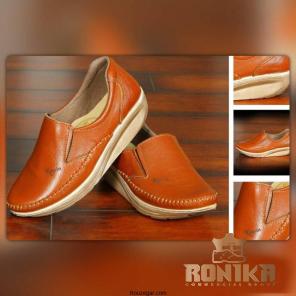 Synthetic shoes are often lauded for their consistent performance, as the materials used in their construction are designed to maintain their properties over time without stretching or deforming. One of the primary benefits of synthetic climbing shoes is their ability to offer a high level of precision and control on the rock. The synthetic materials used in these shoes are often stiffer and more supportive than leather, providing a stable platform for edging on small holds and maintaining body tension on overhanging terrain. This stiffness can be advantageous for climbers tackling technical routes that require intricate footwork and precise movements to navigate challenging sequences. Another advantage of synthetic climbing shoes is their low stretch factor. Unlike leather shoes, which can stretch and mold to the shape of your feet, synthetic shoes tend to maintain their shape and size throughout their lifespan. This consistency can be beneficial for climbers who prefer a more predictable fit and performance from their shoes, as there is less variability in how the shoes will feel over time. Additionally, the lack of stretch in synthetic shoes can help maintain a snug and supportive fit, reducing the likelihood of slippage or hot spots during climbing sessions. When it comes to breathability, synthetic climbing shoes may have an edge over leather shoes. Many synthetic materials used in climbing shoe construction are designed to be lightweight and breathable, allowing air to flow through the shoe and ventilate your feet during strenuous climbs. This can help prevent excessive sweating and discomfort, particularly in hot or humid climbing conditions where moisture buildup can be a concern. Climbers who prioritize breathability and moisture management may find synthetic shoes to be a preferable option for their climbing adventures. In terms of durability, synthetic climbing shoes can offer comparable performance to leather shoes, depending on the specific materials used in their construction. Some synthetic shoes are reinforced with rubber or other hardwearing substances that increase their resistance to abrasion and wear, prolonging their lifespan and performance on the rock. Climbers who put their shoes through demanding conditions or require extra durability for extended use may find that synthetic shoes offer the longevity and reliability they need for their climbing pursuits.
Synthetic shoes are often lauded for their consistent performance, as the materials used in their construction are designed to maintain their properties over time without stretching or deforming. One of the primary benefits of synthetic climbing shoes is their ability to offer a high level of precision and control on the rock. The synthetic materials used in these shoes are often stiffer and more supportive than leather, providing a stable platform for edging on small holds and maintaining body tension on overhanging terrain. This stiffness can be advantageous for climbers tackling technical routes that require intricate footwork and precise movements to navigate challenging sequences. Another advantage of synthetic climbing shoes is their low stretch factor. Unlike leather shoes, which can stretch and mold to the shape of your feet, synthetic shoes tend to maintain their shape and size throughout their lifespan. This consistency can be beneficial for climbers who prefer a more predictable fit and performance from their shoes, as there is less variability in how the shoes will feel over time. Additionally, the lack of stretch in synthetic shoes can help maintain a snug and supportive fit, reducing the likelihood of slippage or hot spots during climbing sessions. When it comes to breathability, synthetic climbing shoes may have an edge over leather shoes. Many synthetic materials used in climbing shoe construction are designed to be lightweight and breathable, allowing air to flow through the shoe and ventilate your feet during strenuous climbs. This can help prevent excessive sweating and discomfort, particularly in hot or humid climbing conditions where moisture buildup can be a concern. Climbers who prioritize breathability and moisture management may find synthetic shoes to be a preferable option for their climbing adventures. In terms of durability, synthetic climbing shoes can offer comparable performance to leather shoes, depending on the specific materials used in their construction. Some synthetic shoes are reinforced with rubber or other hardwearing substances that increase their resistance to abrasion and wear, prolonging their lifespan and performance on the rock. Climbers who put their shoes through demanding conditions or require extra durability for extended use may find that synthetic shoes offer the longevity and reliability they need for their climbing pursuits.
..
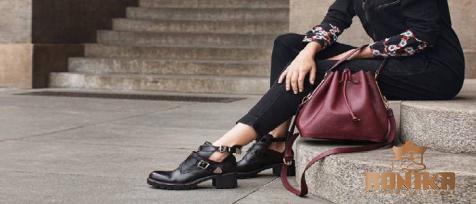 When it comes to choosing between leather and synthetic climbing shoes, there is no one-size-fits-all answer. The decision ultimately comes down to your personal preferences, climbing style, and intended use for the shoes. Climbers looking for a traditional, customizable, and comfortable option may lean towards leather shoes, appreciating their breathability, sensitivity, and personalized fit. On the other hand, climbers seeking precise, supportive, and low-stretch shoes may be drawn to the performance-oriented features of synthetic shoes, such as stiffness, durability, and consistency. Ultimately, both leather and synthetic climbing shoes have their own unique advantages and considerations, and the best choice for you will depend on your individual needs and preferences as a climber. Whichever type of shoe you opt for, investing in a high-quality pair of climbing shoes that fit well and support your climbing style can make a significant difference in your performance, comfort, and enjoyment on the rock. Consider trying out different styles and materials to see which type of shoe suits you best, and remember that the most important factor is choosing a shoe that helps you climb your best and stay safe while enjoying the thrill of the vertical world. Choosing between leather and synthetic climbing shoes ultimately comes down to personal preference, as both types offer unique benefits that cater to different climbers’ needs and preferences. Some climbers may find that a combination of both leather and synthetic shoes in their gear arsenal allows them to adapt to various climbing environments and challenges effectively. Experimenting with different shoe materials and styles can help you discover which type of shoe enhances your performance and enjoyment on the rock. It’s essential to consider factors such as fit, comfort, performance, durability, and breathability when selecting climbing shoes. Leather shoes are known for their comfort, customization, and sensitivity, making them an excellent choice for climbers who prioritize these features. If you value a supportive, precise, and consistent shoe, synthetic options may be more suitable for your climbing style and preferences. Regardless of whether you choose leather or synthetic climbing shoes, it’s crucial to invest in a high-quality pair that fits well, supports your feet effectively, and enhances your climbing experience.
When it comes to choosing between leather and synthetic climbing shoes, there is no one-size-fits-all answer. The decision ultimately comes down to your personal preferences, climbing style, and intended use for the shoes. Climbers looking for a traditional, customizable, and comfortable option may lean towards leather shoes, appreciating their breathability, sensitivity, and personalized fit. On the other hand, climbers seeking precise, supportive, and low-stretch shoes may be drawn to the performance-oriented features of synthetic shoes, such as stiffness, durability, and consistency. Ultimately, both leather and synthetic climbing shoes have their own unique advantages and considerations, and the best choice for you will depend on your individual needs and preferences as a climber. Whichever type of shoe you opt for, investing in a high-quality pair of climbing shoes that fit well and support your climbing style can make a significant difference in your performance, comfort, and enjoyment on the rock. Consider trying out different styles and materials to see which type of shoe suits you best, and remember that the most important factor is choosing a shoe that helps you climb your best and stay safe while enjoying the thrill of the vertical world. Choosing between leather and synthetic climbing shoes ultimately comes down to personal preference, as both types offer unique benefits that cater to different climbers’ needs and preferences. Some climbers may find that a combination of both leather and synthetic shoes in their gear arsenal allows them to adapt to various climbing environments and challenges effectively. Experimenting with different shoe materials and styles can help you discover which type of shoe enhances your performance and enjoyment on the rock. It’s essential to consider factors such as fit, comfort, performance, durability, and breathability when selecting climbing shoes. Leather shoes are known for their comfort, customization, and sensitivity, making them an excellent choice for climbers who prioritize these features. If you value a supportive, precise, and consistent shoe, synthetic options may be more suitable for your climbing style and preferences. Regardless of whether you choose leather or synthetic climbing shoes, it’s crucial to invest in a high-quality pair that fits well, supports your feet effectively, and enhances your climbing experience.
…
 Ill-fitting or uncomfortable shoes can detract from your performance and enjoyment on the rock, leading to decreased confidence and potentially increasing the risk of injury. Take the time to try on different styles, brands, and sizes of climbing shoes to find the perfect match for your feet and climbing goals. Additionally, proper care and maintenance of your climbing shoes can prolong their lifespan and performance on the rock. Cleaning your shoes regularly, allowing them to dry thoroughly between uses, and storing them in a cool, dry place can help prevent odor buildup, mold growth, and material degradation. Resoling worn-out climbing shoes can extend their usefulness and save you money on frequent replacements, ensuring that your shoes remain reliable and supportive for many climbing adventures to come. In conclusion, the choice between leather and synthetic climbing shoes boils down to personal preference, comfort, performance needs, and intended use. Both types of shoes offer distinct advantages and considerations that cater to a wide range of climbers and climbing styles. Whether you prefer the traditional feel and customizability of leather shoes or the precision and durability of synthetic shoes, selecting the right climbing shoes can significantly impact your climbing experience and progress. By understanding the key differences between leather and synthetic climbing shoes, considering your individual needs, preferences, and climbing objectives, and investing in high-quality footwear that supports your feet effectively, you can maximize your performance, comfort, and enjoyment on the rock. Remember that the best climbing shoe is one that fits well, feels comfortable, and allows you to climb with confidence and precision while exploring new heights and pushing your limits in the vertical world of rock climbing. Choose wisely, climb confidently, and embrace the adventure that awaits you on the rock.
Ill-fitting or uncomfortable shoes can detract from your performance and enjoyment on the rock, leading to decreased confidence and potentially increasing the risk of injury. Take the time to try on different styles, brands, and sizes of climbing shoes to find the perfect match for your feet and climbing goals. Additionally, proper care and maintenance of your climbing shoes can prolong their lifespan and performance on the rock. Cleaning your shoes regularly, allowing them to dry thoroughly between uses, and storing them in a cool, dry place can help prevent odor buildup, mold growth, and material degradation. Resoling worn-out climbing shoes can extend their usefulness and save you money on frequent replacements, ensuring that your shoes remain reliable and supportive for many climbing adventures to come. In conclusion, the choice between leather and synthetic climbing shoes boils down to personal preference, comfort, performance needs, and intended use. Both types of shoes offer distinct advantages and considerations that cater to a wide range of climbers and climbing styles. Whether you prefer the traditional feel and customizability of leather shoes or the precision and durability of synthetic shoes, selecting the right climbing shoes can significantly impact your climbing experience and progress. By understanding the key differences between leather and synthetic climbing shoes, considering your individual needs, preferences, and climbing objectives, and investing in high-quality footwear that supports your feet effectively, you can maximize your performance, comfort, and enjoyment on the rock. Remember that the best climbing shoe is one that fits well, feels comfortable, and allows you to climb with confidence and precision while exploring new heights and pushing your limits in the vertical world of rock climbing. Choose wisely, climb confidently, and embrace the adventure that awaits you on the rock.
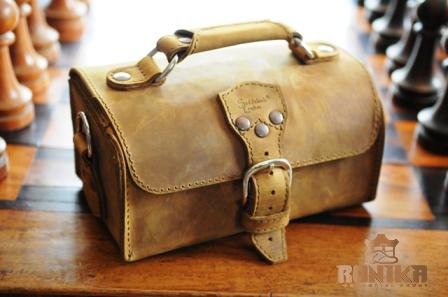
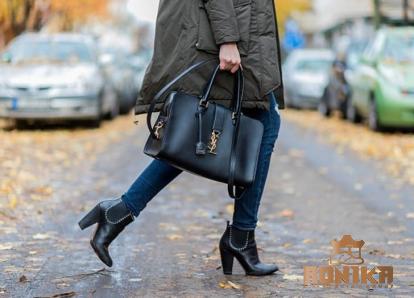
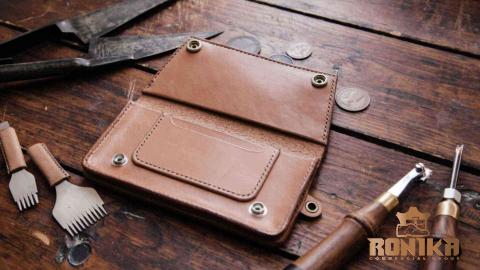
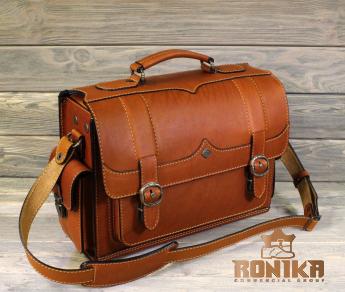
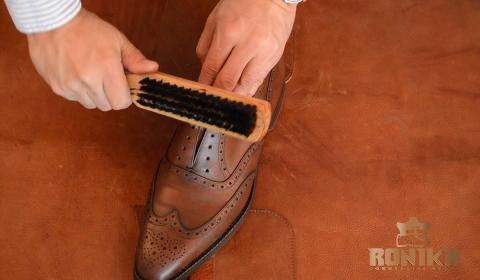
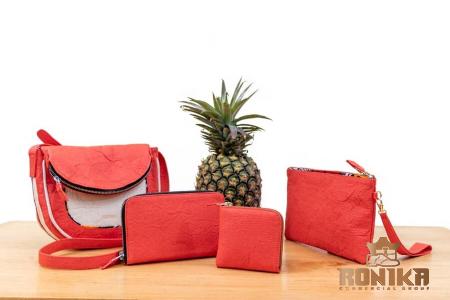
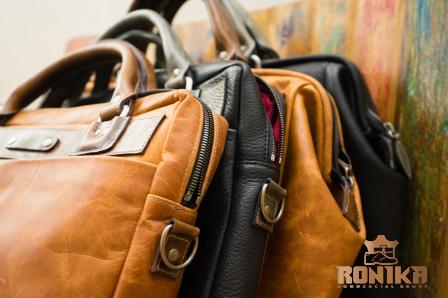
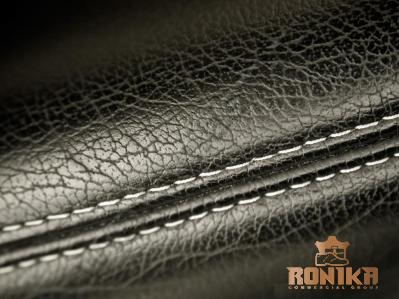
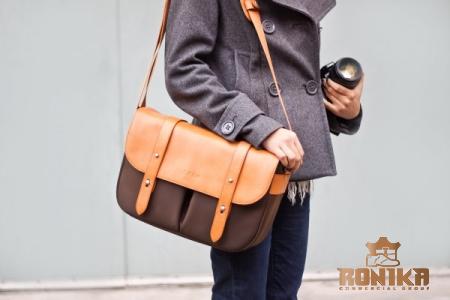
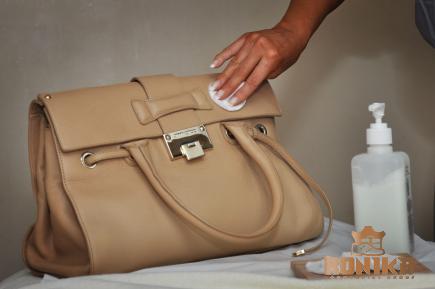
Your comment submitted.